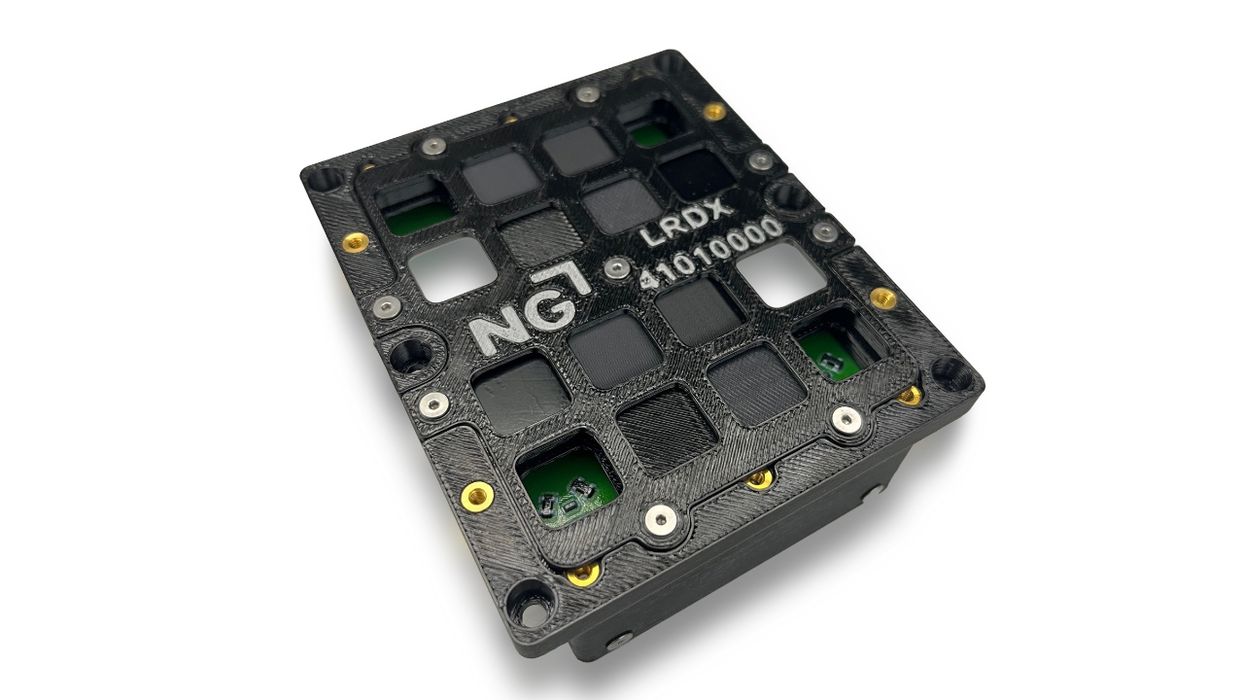
Stratasys announced a deal to send their 3D prints to the lunar surface.
This will be the first time Stratasys will be involved in a lunar mission, and the purpose will be to experiment with three different materials.
Why test materials? It’s because the lunar surface is an incredibly dangerous place. Material samples will have to undergo temperatures as high as 123C — but also as low as -233C during the 14-day night periods. In other words, the materials must withstand extreme heat and extreme cold, repetitively.
The samples will be exposed to the Sun while on the lunar surface, where there will be extreme amounts of UV frequencies. On Earth we have the atmosphere to blunt the strength of the Sun’s UV rays. Not so on the atmosphere-less Moon, where UV rays will hit target materials directly.
There’s also the matter of radiation, as the Moon does not have a magnetic field to deflect energetic particles. Instead, they will strike material samples with full force.
All of this is happening in a low gravity scenario, along with the utter lack of any atmosphere. The lack of atmospheric pressure implies that materials may outgas and degrade.
Add that all up and you have pretty much the most extreme environment any 3D printed part might have to survive.
Three samples will be tested during the experiment:
- A coupon made from tungsten-filled Antero 800NA FDM filament. The tungsten is intended to assist with radiation exposure.
- A coupon made from Antero 840CN03 FDM filament, which will test ESD properties.
- Another sample made of ESD material from Henkel that was printed on a Stratasys Origin system.
A carrier structure to hold the samples is also made from standard ULTEM 9085 filament.
The three 3D printed parts will accompany the Space Science & Technology Evaluation Facility mission (SSTEF-1) by Aegis Aerospace. Aegis is one of NASA’s commercial partners, a program intended to help develop commercial capabilities in space. This mission is currently expected to launch towards the Moon some time in 2025.
Aegis lists six experiments for the mission:
- CPU TRL achievement
- Photovoltaic Characterization
- Radiation Shielding Experiment
- 3D Printed Antenna Experiment
- Dust removal experiment
- On-board camera imagery of lunar landscape
It’s likely the Antero materials will be part of the antenna experiment, although this was not specifically mentioned by Stratasys. The samples will be exposed to the lunar environment, and at least one will participate in the dust removal experiment.
Should the experiment prove successful, it may be that Stratasys’ materials and process might become certified for future lunar missions. These could potentially include some of the Artemis hardware, which is intended to transport astronauts to our planetary neighbor.
Via Stratasys
